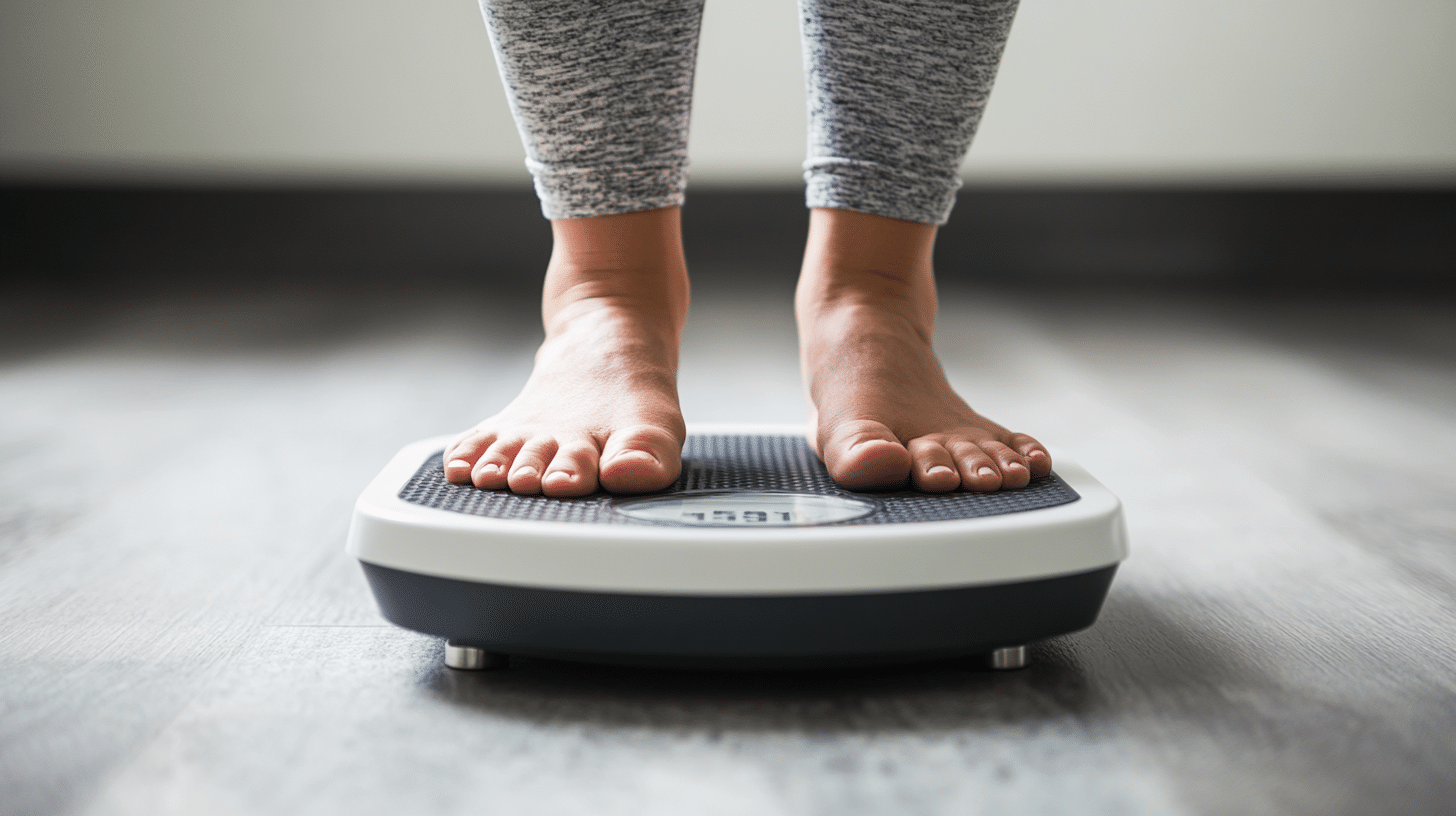Regular physical activity is not just a method for weight management but a mighty pillar of health and vitality in today’s increasingly sedentary world. It is critical in preventing chronic diseases, enhancing mental health, and improving quality of life. With physical inactivity becoming a leading risk factor for various health issues, incorporating regular exercise into daily routines is no longer a luxury but a necessity. Understanding and embracing physical activity’s full benefits is key to living a healthier, more fulfilling life.

Benefits of Regular Physical Activity
Incorporating regular physical activity into your lifestyle can drastically improve your overall health and well-being. Exercise offers numerous advantages, whether you’re aiming to lose weight or enhance your fitness levels. From boosting cardiovascular health to managing diabetes and reducing fall risk, the health benefits of consistent physical activity are undeniable. Committing to a routine can improve your physical and mental health and quality of life.
Cardiovascular Health
Regular physical activity is a key factor in improving cardiovascular health. It helps maintain healthy cholesterol levels, lowers blood pressure, and reduces the risk of heart attacks and strokes. Sedentary individuals who begin moderate exercise can experience a noticeable decrease in cardiovascular disease mortality. Exercise at 40 to 60 percent of one’s maximal oxygen uptake, adjusted for age, provides significant benefits. Studies show that people who exercise regularly after a heart attack have better survival rates. The American Heart Association emphasizes that regular exercise reduces the risk of heart-related illnesses.
Diabetes Management
For those with or at risk of diabetes, regular physical activity can do wonders for blood glucose control. The American Diabetes Association reports that it enhances insulin sensitivity and cardiovascular fitness, especially in those with type 1 diabetes. A regime with at least 150 minutes of moderate weekly activity is more effective in reducing diabetes risk than medication like metformin. Walking two hours a week lowers the risk of early death by 39%–54% for people with diabetes. Inactive men with type 2 diabetes face a 1.7-fold greater risk of premature death compared to their active peers.
Reduced Risk of Falls
Engaging in regular physical activities, focusing on strength, balance, and flexibility, can significantly reduce the risk of falls, especially among older adults. Aerobic exercises enhance daily physical capabilities that prevent falls and related injuries. Balance activities are crucial for elders, boosting stability and minimizing accidents. Pre-exercise screenings help tailor safe workouts for those at higher fall risk. Physical activities improve bone health and balance, crucial for reducing fall risks and maintaining independence in old age.

Weight Management
Regular physical activity is key to effective weight management and overall health. It plays a crucial role in maintaining a healthy weight and can prevent weight gain. Engaging in physical activities helps burn calories and boosts metabolism, enhancing the ability to manage weight successfully. Additionally, exercise can improve muscle tone and increase fitness levels, contributing to a healthier body composition. Incorporating consistent physical exercise into daily routines is essential for those seeking weight loss.
Frequency and Duration
Adults should aim for at least 150 minutes of moderate aerobic activity or 75 minutes of vigorous aerobic exercise each week. Spreading this activity over several days is recommended for the best results. Increasing to 300 minutes of moderate activity weekly is ideal for those seeking more health benefits. Even brief moments of activity can add up and positively impact health. The World Health Organization advises everyone to limit sedentary behavior and include muscle-strengthening activities. Over time, regular aerobic exercise can enhance mood and overall well-being.
Types of Activities (Aerobic, Strength, Flexibility)
There are various types of physical activities to consider. Aerobic exercises like running, cycling, and swimming boost heart rate and improve cardiorespiratory fitness. Moderate-intensity options like brisk walking and gardening elevate heart rates without causing breathlessness. Vigorous activities, like running, require more effort. Strength training is vital for maintaining muscle mass and bone density, targeting all major muscle groups twice weekly. Flexibility exercises, focusing on stretching, help improve the range of motion and contribute to overall fitness.

Integrating Physical Activity into Daily Life
Regular physical activity is vital for maintaining a healthy weight and improving overall health. Engaging in various physical activities enhances your quality of life by boosting energy levels, improving mental health, and reducing the risk of chronic diseases. By incorporating exercise into your daily routine, you can enjoy the benefits of increased fitness levels and bone health. Whether you prefer moderate-intensity aerobic exercise or more vigorous activities, finding ways to move consistently is key. With scientific evidence supporting the numerous health benefits of regular exercise, it’s easier than ever to make physical activity an integral part of everyday life.
Setting Realistic Goals
Setting realistic physical activity goals can help integrate movement into daily routines without feeling overwhelmed. The U.S. Department of Health and Human Services suggests 150 minutes of moderate-intensity weekly aerobic activity, which breaks down to 30 minutes daily, five days a week. Even short movement sessions count toward your goal, allowing you to accumulate daily activity. Encouraging access to activities such as walking and cycling in your community can also offer easy opportunities for regular exercise. You can achieve realistic and sustainable fitness goals by gradually increasing activity levels.
Finding Enjoyable Activities
Finding enjoyable ways to stay active can make exercise a pleasure rather than a chore. Engage in activities that let you relax and have fun outdoors or in a group setting. Social connections can transform workouts into enjoyable social events. Joining classes or groups, such as dance or hiking, can boost motivation and commitment to regular activity. To prevent boredom, try different exercises that fit your interests and vary them with seasons to stay active all year round. Engaging in enjoyable exercises helps sustain a lifelong commitment to physical health.
Incorporating Movement into Routine
Including regular physical activity in your routine not only reduces the risk of chronic diseases or even premature death but also boosts mental well-being by lowering stress, anxiety, and depression levels. Aerobic exercise specifically aids vascular function, benefiting conditions like coronary artery disease and hypertension. Regular exercise also improves glucose control in type 2 diabetes and supports cognitive health across all ages. Consistent activity helps manage chronic pain and enhances quality of life, including improved sexual health. Moving a part of your daily routine makes you invest in a healthier, happier you.
Thrive with the Benefits of Regular Physical Activity
Regular physical activity is a cornerstone of a healthy lifestyle, offering numerous benefits for physical and mental well-being. Committing to an active routine can improve one’s health, manage one’s weight, and enhance one’s overall quality of life. For those ready to take control of their health and embark on a journey toward a fitter, happier life, Regner Health Solutions is available to help. Contact (952) 900-3994 to schedule a weight loss consultation and receive a personalized approach tailored to individual health goals.






